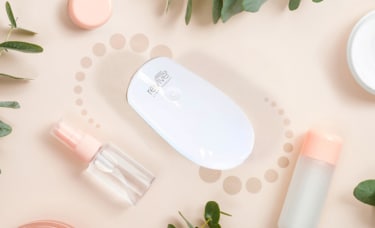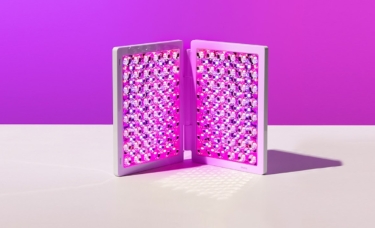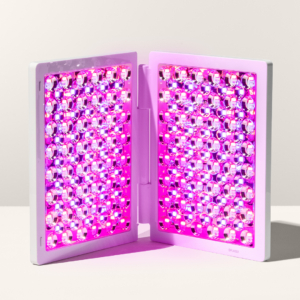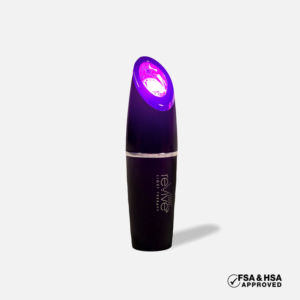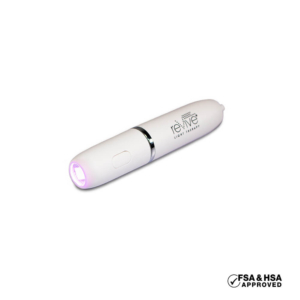Explainer: What’s the Science Behind How Light Rejuvenates and Heals Skin?
Explainer: What’s the Science Behind How Light Rejuvenates and Heals Skin?
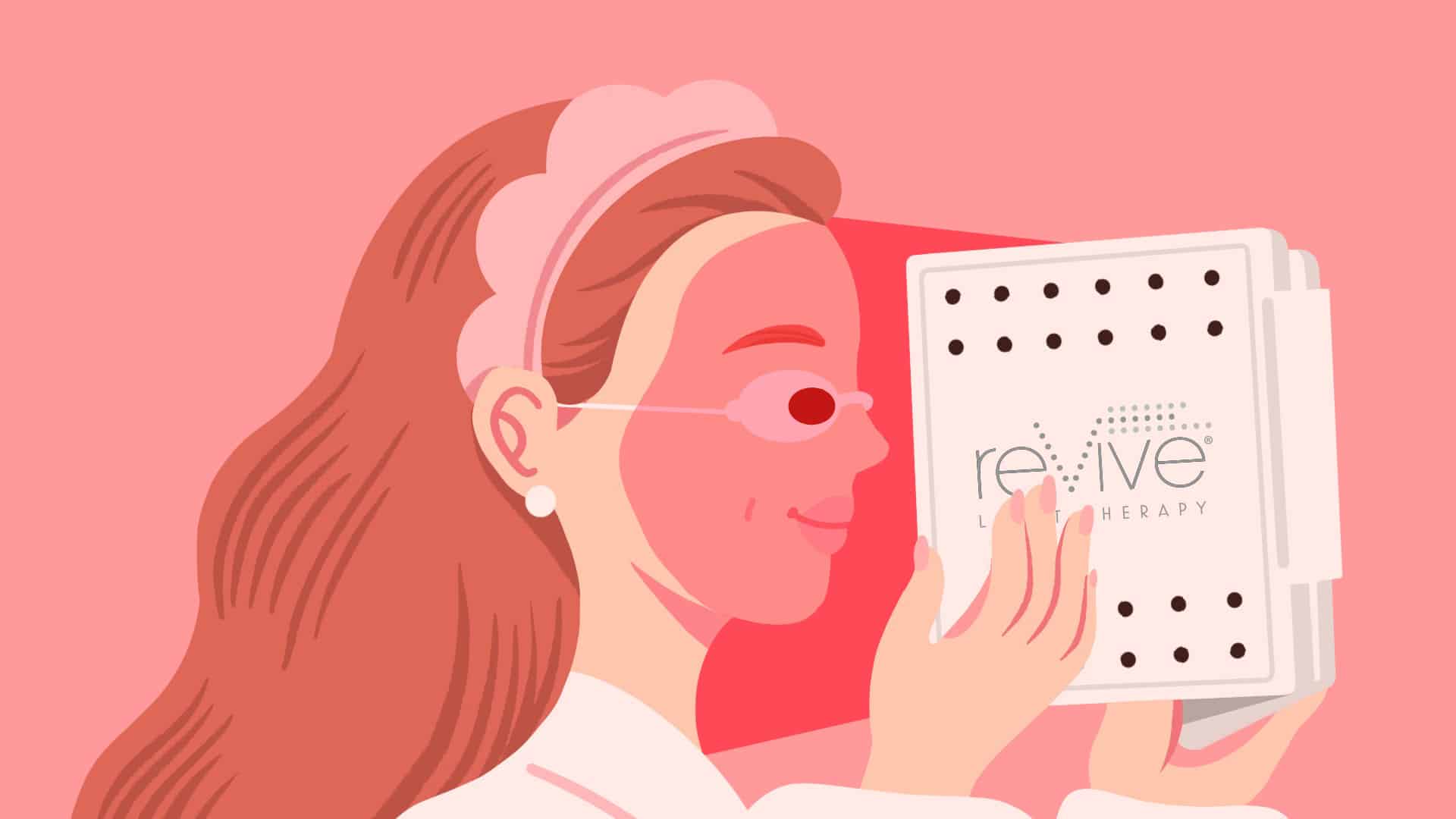
Is it irony or just the paradoxical nature of living that light can heal our bodies as effectively as it can damage them?
We need the light. We run toward it and bathe in it on long summer days. Sunlight is good for the body and good for our mental health. Yet, there’s the inverse: We’re conditioned from a young age to shield ourselves against the sun. As small children, many of us were slathered down with sunblock by wildly protective parents armed with copious amounts of SPF 70. And now, as adults, we do the same thing to our own children.
Of course, dig into the nuances of light — and maybe a few vague memories from a long-ago science class — and you might remember that light isn’t just light. There’s an electromagnetic scale, and on this scale, there are many different types of lights and wavelengths listed under various classifications.
Two such groups — the visible light spectrum and infrared light — are often associated with light-emitting diode (LED) skin therapy and its healing effect on skin imperfections. It’s another incredible use of light that’s proven to aid in healing and rejuvenating the body as it relates to skincare and anti-aging.
Still, what’s the science behind the outcome? How does light prompt physical change in the body?
Visible Light, Infrared Light, and Your Skin
Visible light and infrared light are groups of wavelengths sandwiched between gamma waves on one end of the electromagnetic scale and radio waves on the opposite end. Both groups are successfully used for LED skin therapy.
Meanwhile, each light type has a known wavelength. These distances are all estimated within ranges. So for instance, blue light travels a distance between 400 and 495 nanometers (nm), while red light travels between 620 to 750 (nm). Light between these two wavelength ranges can be seen by the human eye.
When it comes to light therapy, wavelength is incredibly important because light penetration dictates what light application works best for which skin treatment type.
While each light color has its own niche use within skin therapy, infrared light and all visible light reach essentially the same end: skin repair — often, but not always — predicated on boosting collagen.
According to a study cited by the Journal of the American Academy of Dermatology (JAAD), “light therapy augments tissue repair and promotes regeneration and skin rejuvenation by naturally stimulating collagen production in the body.” We’ve also cited various scientific studies on how light treatment affects specific areas of focus ranging from complexion, cell regeneration and muscle pain.
How Skin Cells Respond to Light Therapy
Of course, any light needs a conduit. And that’s where LED devices come in. Our reVive Light Therapy™ products are designed to emit light at specific wavelengths based on the effects those wavelengths have on the body.
Consider this example. If we were to offer a simple timeline from the moment red light hits the skin for anti-aging therapy and penetrates its layers until collagen production is stimulated, it would look something like this:
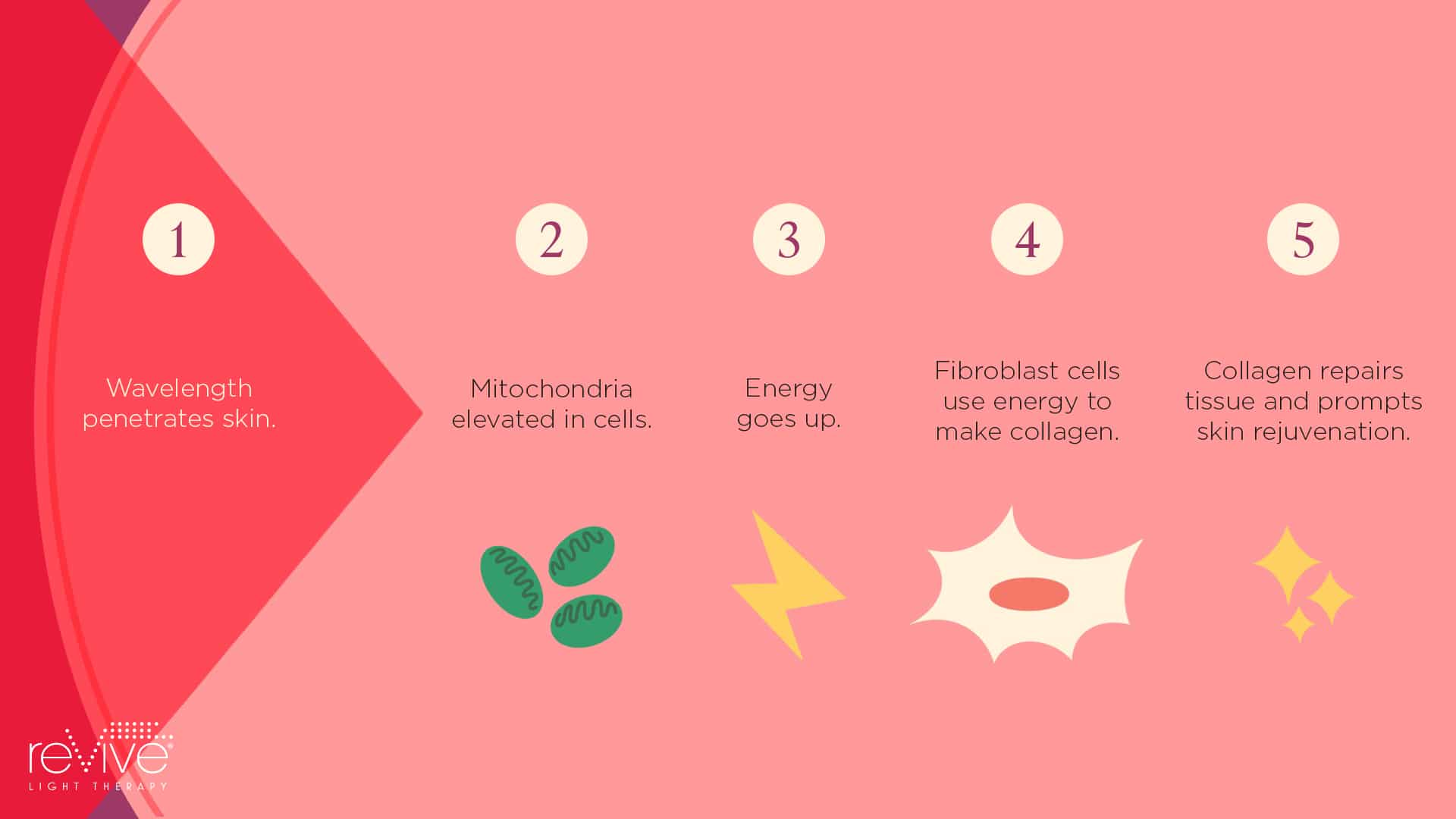
Wavelength penetrates skin -> Mitochondria elevated in cells -> Energy goes up -> Fibroblast cells use energy to make collagen -> Collagen repairs tissue and prompts skin rejuvenation.
In the spirit of keeping it simple, all roads lead to skin rejuvenation. But how each treatment gets there is where things diverge.
Wavelengths and Skin Penetration
Wavelength informs which light is best suited to treat certain skin imperfections based on skin depths and the layer of skin that should be targeted. There are six layers of skin starting with the stratum corneum, the outermost layer. Next are the epidermis, melanin layer, basal layer, dermis and, finally, the subcutaneous fat layer. Remember, blue light has a shorter wavelength falling within a range of 400 to 495 nanometers (nm), while infrared light, unseen by the human eye, has wavelengths exceeding red visible light, ranging from 780 nm to 1 mm. The longer the wavelength, the deeper it penetrates into the skin.
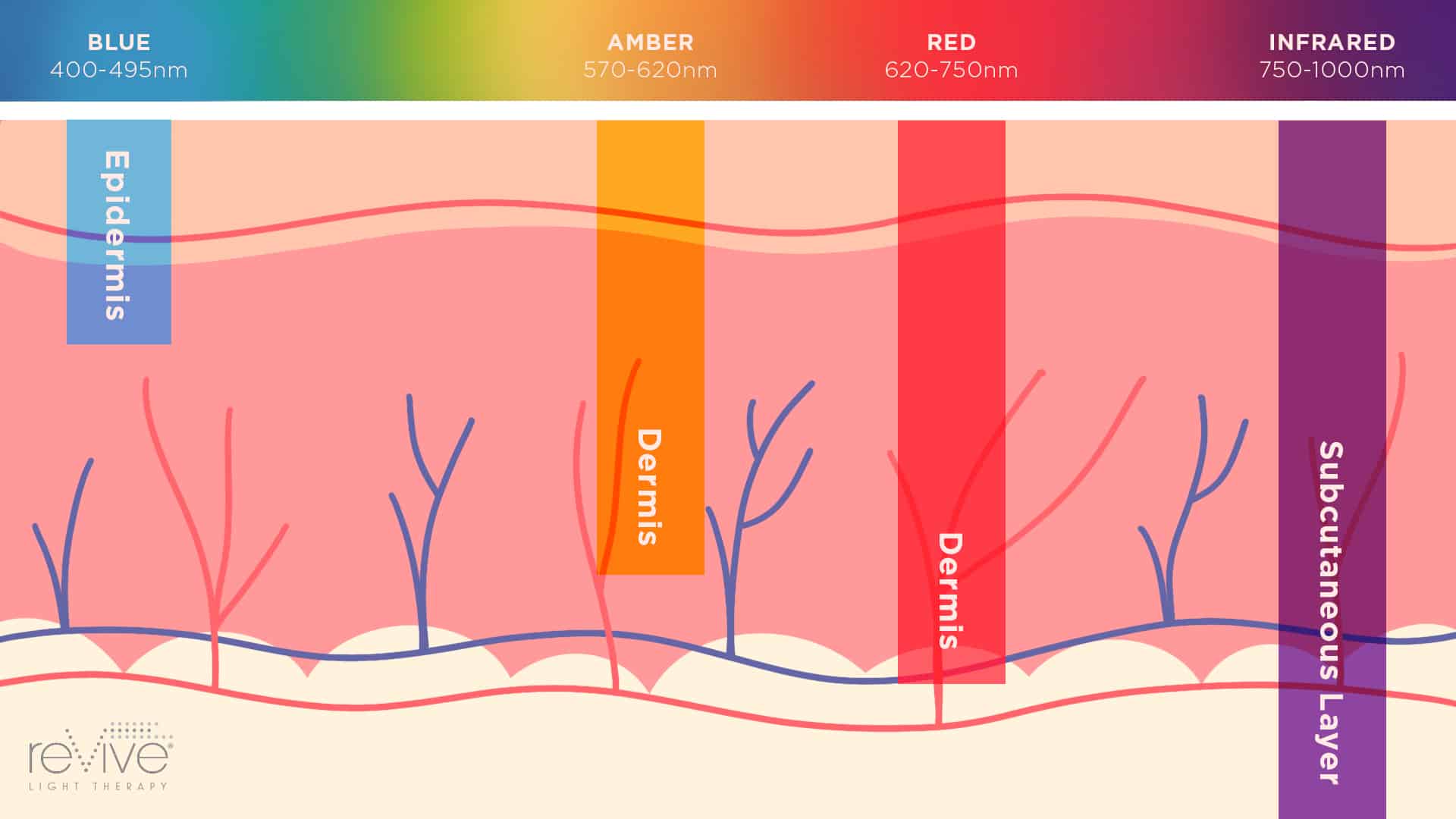
To successfully treat signs of aging, our reVive Light Therapy™ at-home devices emit infrared, red, and amber light that penetrates deep into the skin to create the desired effect. In the study cited by JAAD, the research suggest that, “since low-level red and infrared light stimulated the production of multiple biomarkers associated with anti-aging skin benefits, these findings suggest that low-level red and infrared-light treatments present opportunities for daily, at-home treatments for patients with photoaging and photodamaged skin.”

In addition, blue light, which has a shorter wavelength, is ideal for penetrating pores and eliminating bacteria. reVive Light Therapy™ also uses a combination of blue and red light therapy to reduce inflammation, scarring, and other skincare issues.
If you’d like to read more about LED light therapy or how to experience light therapy at home, check out our blog or take a look at our reVive Light Therapy™ product line.
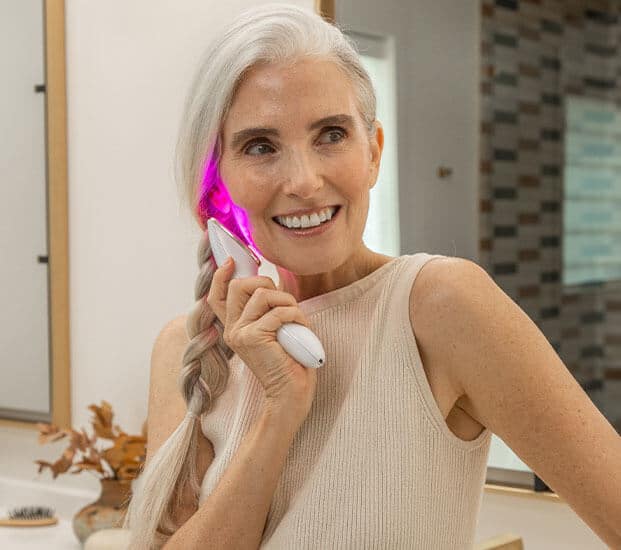
Experience the power of light therapy at home
Specific wavelengths of light have different effects, and can be used for a variety of applications — from destroying acne-causing bacteria to killing harmful germs on your phone. Our light therapy devices allow you to harness the power of LEDs in the comfort of your own home.
See How It Works

